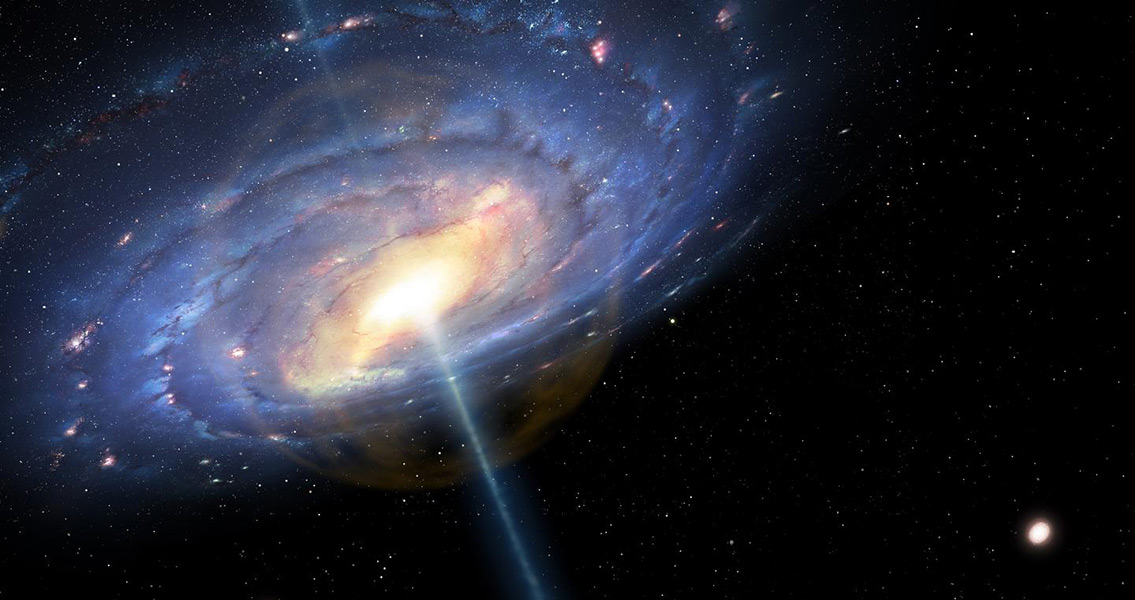<![CDATA[After analyzing data from the XMM-Newton spacecraft, astrophysicists have found evidence of a six-million-year-old explosion of galactic proportions. While our hominin ancestors were scrabbling for survival millions of years ago, the supermassive black hole at the center of the Milky Way was catapulting a massive amount of superheated gas outwards from its center at a rate of two million miles an hour. Over the last six million years, the shockwave has traveled some 20,000 light years - around two-thirds the distance between the Earth and the galactic core. Scientists made the discovery after attempting to surmise the weight of our galaxy. Highly detailed analysis predicts the Milky Way has around one to two trillion times the mass of our own sun; and nearly all of that is in the form of dark matter, the invisible and nearly impossible-to-detect mystery substance that has researchers at CERN's Large Hadron Collider (and other particle physics labs around the globe) working overtime. The remaining weight is around 150 to 300 billion solar masses, composed of normal run-of-the-mill elements like hydrogen and helium - but after scientists finished analyzing the XMM-Newton data, they found a shortfall of around 130 billion solar masses. According to a press release from Harvard University, the mass isn't gone - it was just hidden in this megalithic gaseous cloud. Harvard-Smithsonian Center for Astrophysics research associate Fabrizio Nicastro, the lead author of the newly-published study revealing the findings, remarked that the giant fog-like bubble of superheated gas is absorbing X-rays from more distant background sources, resulting in the discrepancy in the XMM-Newton spacecraft data. Nicastro, an astrophysicist from the Italian National Institute of Astrophysics, says that the "cosmic game of hide-and-seek" he and his colleagues engaged in revealed the million-degree gaseous fog, applying computer modeling techniques to determine how large the cloud was and how the superheated gas was distributed. It was then that they found the cloud had been pushed out by the now mostly-dormant black hole at the center of the Milky Way. The researchers say that pushing out that bubble so energetically required a massive amount of force, something that the black hole could have easily caused - even with a portion of the gas being pulled in over its event horizon. The black hole has since consumed everything close enough to it to be pulled in, leading to it falling into a state similar to hibernation. Martin Elvis, Nicastro's colleague at the Smithsonian, remarked that there are several lines of evidence that support this theory. The active phase of the so-called bubble lasted for around four to eight million years, which is in a reasonable time frame for a quasar. Additionally, there are new stars that have formed near the 'launch' point of the gas bubble that are around six million years old, which leads scientists to believe that they were formed by these superheated gases. Research is slated to continue on this 130-billion-solar-mass gas bubble. Both the X-ray Surveyor mission and the Athena X-Ray Observatory from the European Space Agency will be studying the bubble in hopes to map it more completely. The new research study, recently published in The Astrophysical Journal Letters, is available online here ]]>
Scientists Identify 6 Million Year Old Galactic Shockwave
